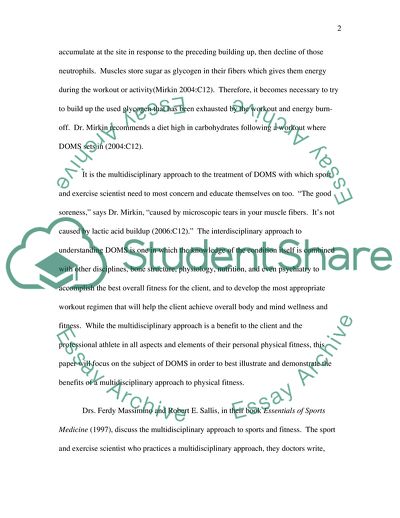Cite this document
(The Sport and Exercise Scientist and DOMS Article, n.d.)
The Sport and Exercise Scientist and DOMS Article. https://studentshare.org/sports-and-recreation/1706988-sports-and-exercise
The Sport and Exercise Scientist and DOMS Article. https://studentshare.org/sports-and-recreation/1706988-sports-and-exercise
(The Sport and Exercise Scientist and DOMS Article)
The Sport and Exercise Scientist and DOMS Article. https://studentshare.org/sports-and-recreation/1706988-sports-and-exercise.
The Sport and Exercise Scientist and DOMS Article. https://studentshare.org/sports-and-recreation/1706988-sports-and-exercise.
“The Sport and Exercise Scientist and DOMS Article”. https://studentshare.org/sports-and-recreation/1706988-sports-and-exercise.


